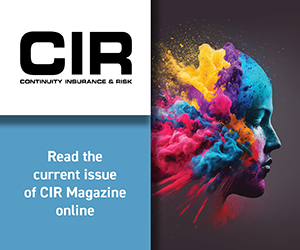The key risks for rail (and similarly for transport) will continue to be managing the disruptive impact of severe weather events. This includes not just continuity of service but also the effect on the integrity of the infrastructure. Risk mitigations such as improving flood defences and managing drainage remain priorities. Maintaining high safety standards and reducing train accident risk will continue to be high on the agenda.
Increasing passenger numbers and changing needs of passengers, such as restricted mobility, is an increasing risk. The reputational impact becomes more immediate and accentuated with social media however the digital world also offers opportunity and is a key area of investment to improve performance and provide a better passenger experience. The increasing use of data mining and improved data analytics will both be areas of increasing opportunity. As with all risks however increasing digitisation can increase vulnerability and impact from a cyber threat so cyber also remains a high risk.
With a continuing gloomy economic outlook attracting investment will continue to be challenging. The effect of Brexit on the broader infrastructure workforce is a big risk. As many major infrastructure projects commence the resource pool is reducing this could delay or push up the project costs.
The interconnectivity of risks is more and more complex and therefore this in itself is a risk to businesses. We need to enhance our ability to understand the connections between risks in order to provide the right mitigations and be more resilient to business disruption. The use of data analytics can certainly help in this as can better visualisation of the risk landscape.
Printed Copy:
Would you also like to receive CIR Magazine in print?
Data Use:
We will also send you our free daily email newsletters and other relevant communications, which you can opt out of at any time. Thank you.











YOU MIGHT ALSO LIKE